Smart-Grid Is Happening Right Now, and Not a Second Too Soon
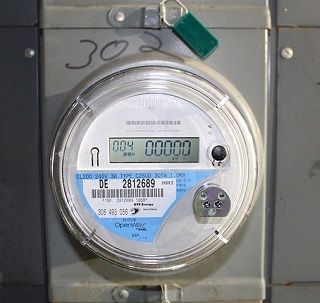
Siemens Smart Grid Division and Teradata today announce a global strategic cooperation in the field of big data. Through this collaboration Siemens Smart Grid further optimizes its portfolio of solutions which will provide energy utilities with a much higher level of transparency on the status and activities in their networks. This will enable the customers of Siemens Smart Grid to improve reliability of their infrastructure and to run their grids more efficiently in an increasingly cost-sensitive environment.
It’s regrettably common for renewable energy advocates to view smart-grid as some sort of futuristic phenomenon that will come along later. From my perspective, the precise opposite is true; smart-grid is the enabler of clean energy. In its absence, we will have a very tough time integrating large amounts of solar, wind, etc., into our grid-mix; both the variability of the resources and high levelized cost of energy will remain quite thorny.

 Insulation. It’s hardly the most glamorous of topics is it? Compared to much more fashionable renewable energy solutions like solar panels and geothermal installations it could even be considered positively boring. After all, how can anybody get excited about the process of stuffing a gap full of material? You can’t even see it working! What possible use could it have when it doesn’t even generate energy for your house to use?
Insulation. It’s hardly the most glamorous of topics is it? Compared to much more fashionable renewable energy solutions like solar panels and geothermal installations it could even be considered positively boring. After all, how can anybody get excited about the process of stuffing a gap full of material? You can’t even see it working! What possible use could it have when it doesn’t even generate energy for your house to use? Here’s an article from the Sierra Club that includes a cool
Here’s an article from the Sierra Club that includes a cool 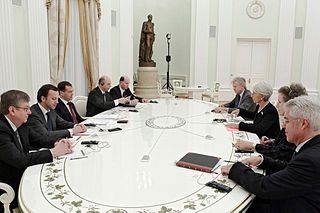 I never know what to make of the frequent references I come across to the International Monetary Fund. Who exactly are these mysterious and terribly powerful people? How do they work? What are their true motivations?
I never know what to make of the frequent references I come across to the International Monetary Fund. Who exactly are these mysterious and terribly powerful people? How do they work? What are their true motivations?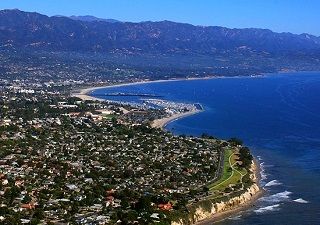 Here’s the “teaser” for my talk this afternoon at the Santa Barbara Savvy Investors’ Club. As implied here, I intend to make a wide-ranging presentation that gets into some philosophic stuff; I know this audience from past meetings, and I believe they’ll respond well. We’ll see….
Here’s the “teaser” for my talk this afternoon at the Santa Barbara Savvy Investors’ Club. As implied here, I intend to make a wide-ranging presentation that gets into some philosophic stuff; I know this audience from past meetings, and I believe they’ll respond well. We’ll see….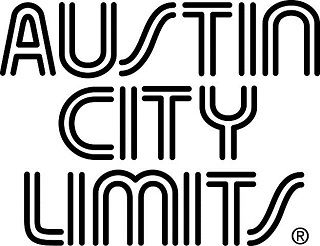 Here’s an
Here’s an 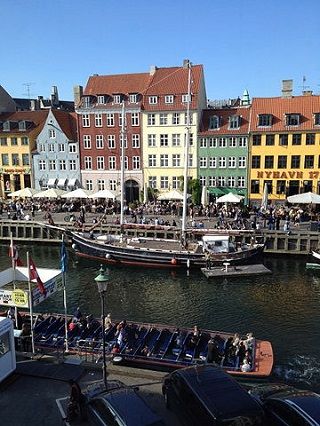 Longtime 2GreenEnergy supporter Aedan Kernan commented on my
Longtime 2GreenEnergy supporter Aedan Kernan commented on my 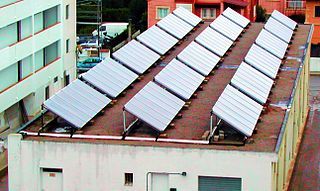
 On Sunday afternoons, I like to take a decent hike, say 7 or 8 miles, and wind up at a nice place where I can get a beer, shake a few hands, and discuss what’s going on in the world. Today was a banner day for this enterprise, as there were several groups at my destination (The Los Olivos Café, pictured here) with whom I had stimulating talks.
On Sunday afternoons, I like to take a decent hike, say 7 or 8 miles, and wind up at a nice place where I can get a beer, shake a few hands, and discuss what’s going on in the world. Today was a banner day for this enterprise, as there were several groups at my destination (The Los Olivos Café, pictured here) with whom I had stimulating talks.